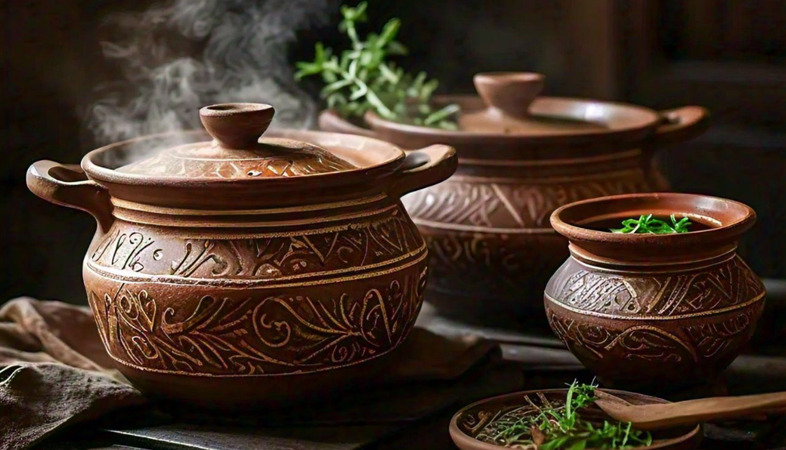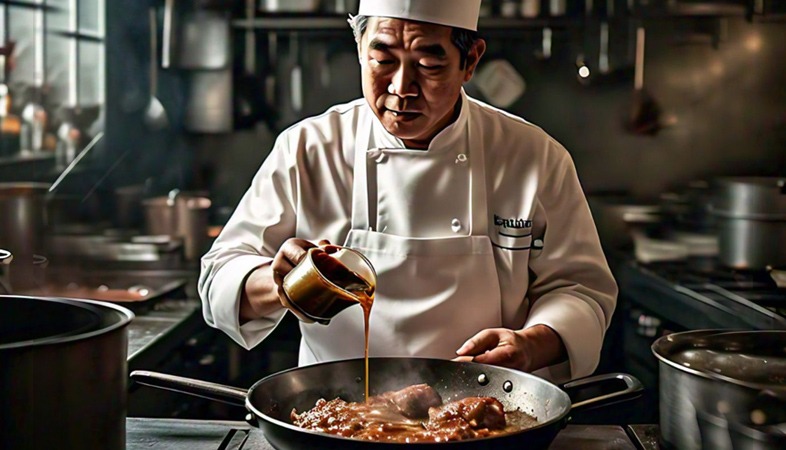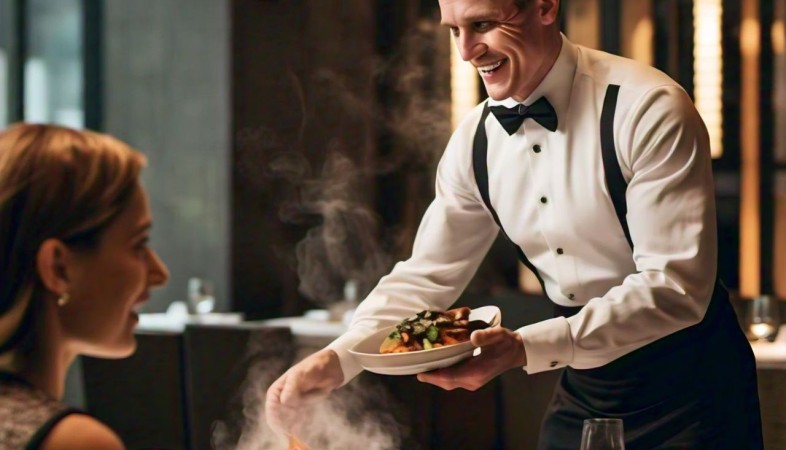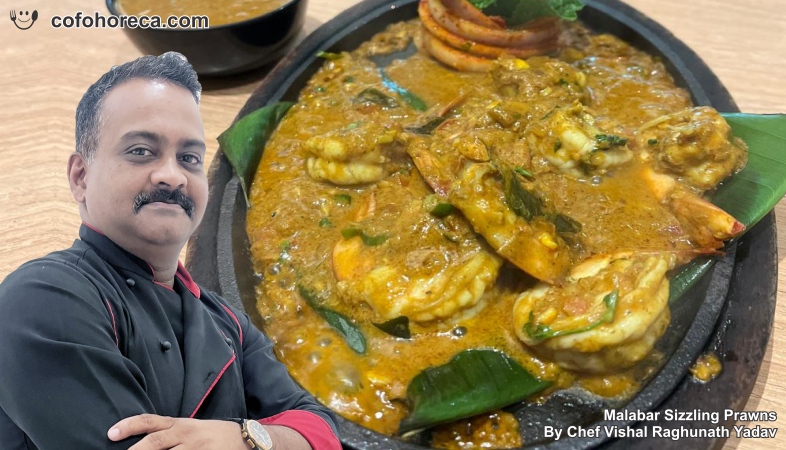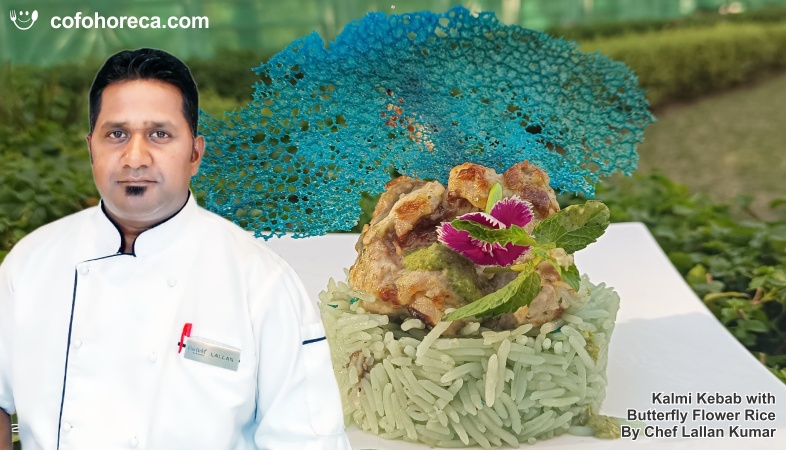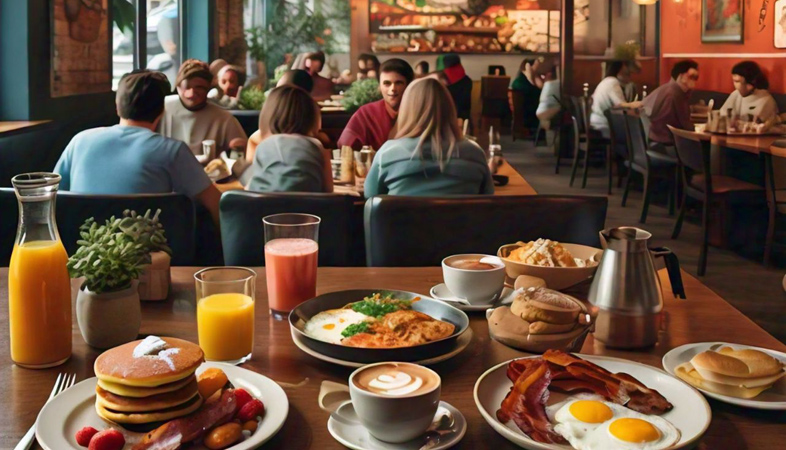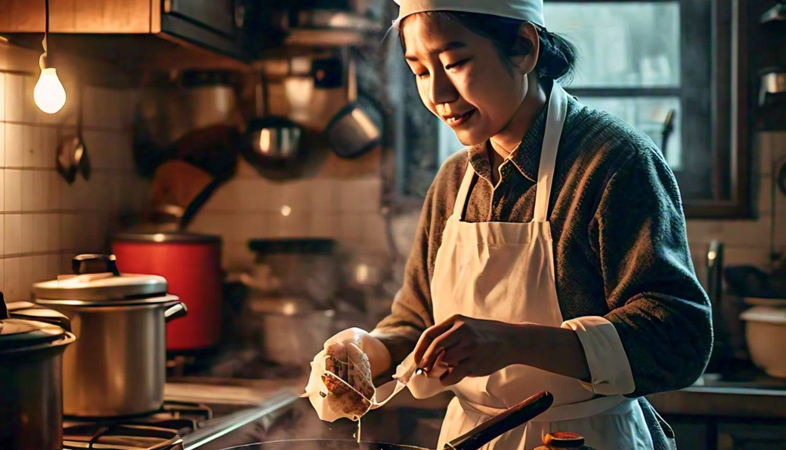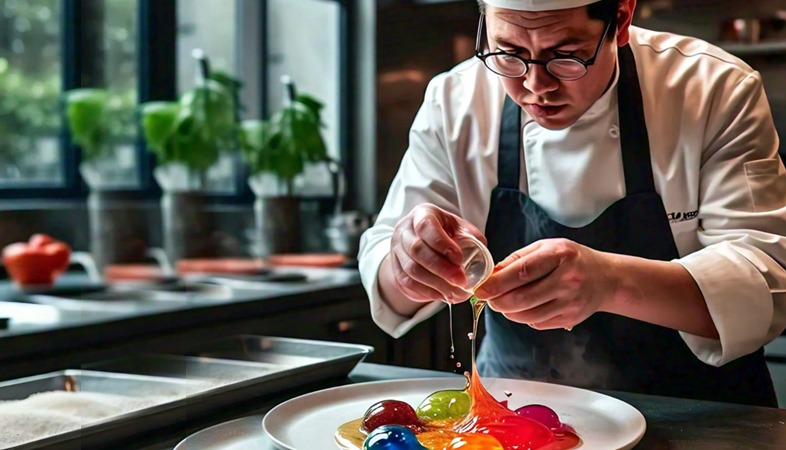Cooking with Clay: Traditional Earth Oven Techniques for Rich Flavors
Among these, cooking with clay, particularly in earth ovens, stands out for the rich, earthy taste it imparts to food.
Traditional cooking methods have seen a resurgence in recent
years, with chefs and home cooks alike rediscovering the unique flavors that
come from using ancient techniques. Among these, cooking with clay,
particularly in earth ovens, stands out for the rich, earthy taste it imparts
to food. This method, which dates back centuries, involves cooking food in clay
ovens or pots buried in the ground, where the slow, even heat enhances the
natural flavors of the ingredients.
Clay cooking methods are deeply rooted in many cultures around the world. From the Indian tandoor to Mexican barbacoa, and the Polynesian underground ovens known as "imu," the concept is the same: cooking food in an enclosed, earth-heated environment. The use of clay, in particular, is significant because it retains moisture while distributing heat evenly, making it an ideal medium for slow-cooking meats, vegetables, and bread. The result is tender, flavorful dishes with a depth of taste that modern cooking methods often can't replicate.
One of the key advantages of cooking with clay is its ability to retain moisture. When food is cooked in clay, the natural juices are sealed in, preventing it from drying out. This is particularly beneficial for meats, which remain succulent and tender even after hours of slow cooking. The porous nature of clay also allows for better heat circulation, which ensures that food is cooked evenly from all sides. Whether you’re baking bread in a tandoor or slow-cooking lamb in an earth oven, the gentle, all-around heat transforms the texture and flavor of the ingredients in remarkable ways.
Clay cooking also allows for a smoky flavor, depending on the type of wood or coals used in the process. This natural smokiness, combined with the earthen tones of the clay, creates a distinctive taste that cannot be replicated in metal or modern ovens. For dishes like Mexican barbacoa, where the meat is traditionally cooked underground, this smoky richness is a defining characteristic. The slow roasting in the clay oven brings out the natural sweetness of the meat, while the smoky undertones add depth to the flavor profile.
Another essential benefit of clay cooking is the use of fewer added fats or oils. Since the food remains moist in the sealed environment, there’s no need for additional fats to keep it tender. This makes clay cooking a healthier option while still preserving the richness and depth of flavor. Additionally, cooking in clay pots or ovens can often intensify the natural flavors of herbs and spices, requiring less seasoning to achieve a flavorful result.
One of the best-known examples of clay cooking is the Indian tandoor. A tandoor is a cylindrical clay oven used for baking bread and roasting meats. Tandoori cooking relies on the high heat generated by burning charcoal or wood inside the oven, which can reach temperatures of up to 900 degrees Fahrenheit. The combination of intense heat and the clay walls creates an ideal cooking environment for naan, kebabs, and other Indian delicacies, resulting in a unique texture and flavor that is difficult to achieve with other cooking methods.
In addition to tandoor cooking, earth ovens used in Polynesian, Latin American, and Middle Eastern cultures showcase the versatility of clay. In Polynesian cooking, for example, large feasts are often prepared using an "imu," a pit oven lined with hot stones and covered with banana leaves. The food, typically pork or fish, is buried in the ground and cooked slowly for several hours. This method allows the flavors to develop gradually, resulting in an incredibly tender and flavorful meal.
Though clay cooking techniques may seem ancient, they offer modern cooks a way to explore flavors that are both rich and authentic. The slow, even heat produced by clay and earth ovens allows ingredients to develop naturally, highlighting their inherent qualities without the need for complicated preparation. With today’s emphasis on sustainability and minimalism in cooking, these traditional methods align perfectly with modern sensibilities.
As interest in authentic, traditional cooking methods grows, more people are turning to clay cooking to explore new dimensions of flavor. Whether you're experimenting with a tandoor in your backyard or creating a small earth oven for a family feast, cooking with clay offers a connection to the past while delivering rich, complex flavors that stand the test of time. The process may require patience, but the results are well worth the effort, offering a rewarding way to prepare food that is both delicious and deeply rooted in tradition.
.png)


